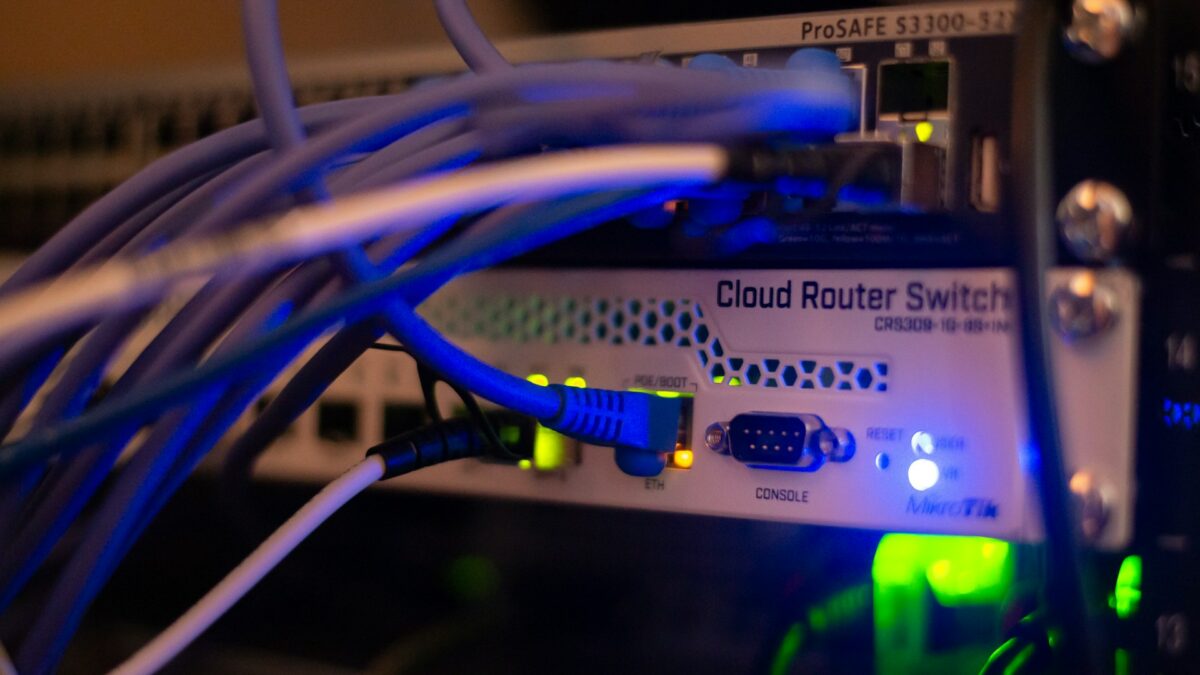Secure internet connection check
Concerned about your internet? Do you think your Wi-Fi is compromising your data? Worried about a hack on your device?
This post shows how to verify your home network for security. And we’ll show you how to safeguard your data on any public Wi-Fi hotspot.
Security checks for internet connections
Many network vulnerabilities might put you and your devices at danger. You can increase your internet security with a few basic tests, regardless of where you use it.
Home WiFi network security testing
Even if you’re not worried about a security issue, test your wireless network. It is essential to protecting you from future events.
Your network’s security may be tested by connecting a new device to it for the first time. Your Wi-Fi network is open and vulnerable if you aren’t requested for a security key upon joining.
Enter the Internet Protocol address of your router into your browser’s search bar and enter your login and password to see its settings page. As most routers have simple default passwords, update them to something more secure. This is your router password, not your Wi-Fi password (we’ll discuss that later).
Testing online security
Online testing programs may assess your home network’s security. F-Secure’s router testing tool can detect DNS hijacking settings. F-Secure is a trusted security suite, hence this test is valid. Their DNS hijacking test is free and quick.
Make sure your firewall works.
First line of protection against online dangers is your computer’s firewall. This critical network security mechanism analyzes and regulates incoming network traffic according to regulations.
To stop harmful outbound traffic, advanced firewalls monitor it. The firewall blocks Trojans from connecting with control and command servers to steal data or infect you using additional payloads.
